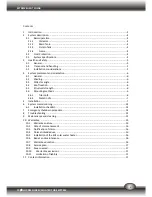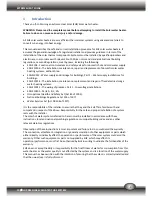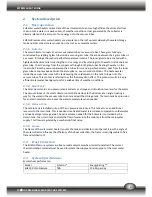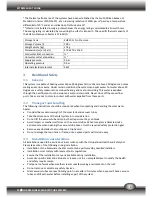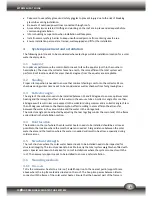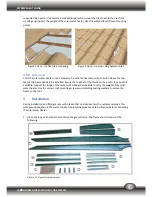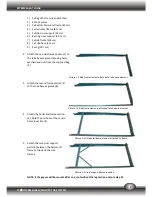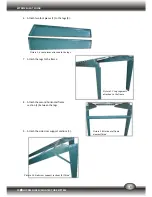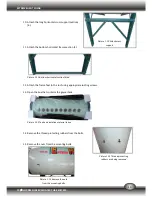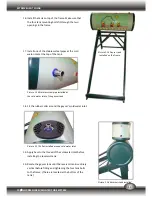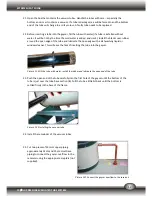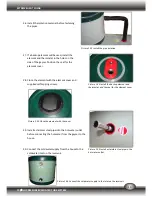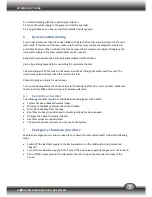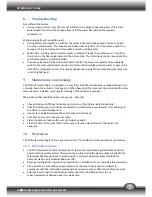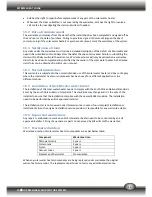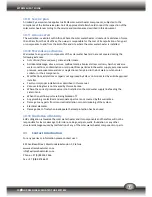
EXTREME HEAT SOLAR
14
100
l
NO PRESSURE EVACUATED TUBE SYSTEM
31.
Isolate all piping with the supplied pipe isolation.
32.
Open the water supply to the geyser and test for any leaks.
33.
Congratulations, you have successfully installed a solar geyser!
6
System commissioning
Ensure that all vacuum tubes have been filled with water before they were inserted into the main
water tank. If this was not the case, make sure that all vacuum tubes are completely covered to
avoid heat build-up. When confident that the vacuum tube temperature is below 40 degrees, the
main water supply to the solar water heater can be opened.
Keep electrical power to the backup element switched off at all times.
Flush all plumbing pipes before connecting the solar water heater.
The cold water will fill the tank and all excess air will exit through the safety overflow port. The
cistern tank valve will close when the main tank is full.
Check all piping and joints for water leaks.
Turn on the backup element and check if water is heating up after 10 or more minutes. Make sure
the main tank is filled before turning on the backup element.
6.1
Installation checklist
The following checklist should be verified before handing over to the client:
System has been checked for water leaks.
Working of the backup element has been checked.
All air has been bled from the taps.
Roof tiles are back in position and roof waterproofing has been applied.
All pipes have been thermally isolated.
Overflow valves are unobstructed.
The owner has been instructed on the use of the system.
7
Emergency shutdown procedure
Should an emergency occur and you need to shut down the solar water heater follow the following
steps:
Switch off the electrical supply to the backup element on the distribution board marketed
“Geyser”.
Turn off the main water supply to the house if the stop valve supplying the geyser is not in reach.
Close off the supply valve to the solar water heater and open the main water supply to the
house.


